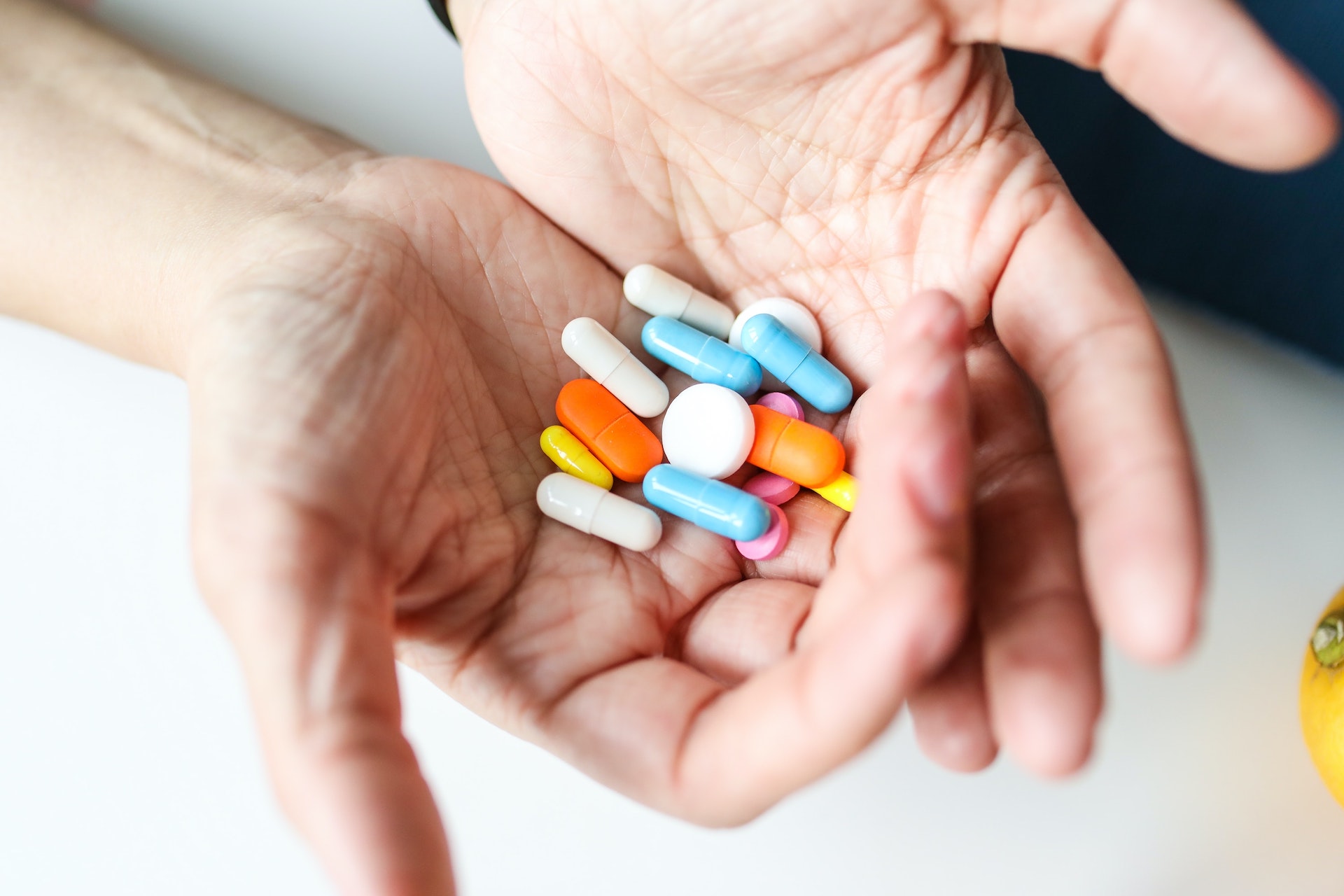Current trends in oral solid dosage forms - Pharmaceutical Solutions

Oral solid dosage (OSD) forms like tablets and capsules still dominate the pharmaceutical market because the most preferred drug delivery system. whilst large molecule injectable drugs developed using novel scientific approaches top market charts, small molecule solid dosage products still constitute a huge majority of medicine and rule the market. they will be produced efficiently, are cost-effective, easy to administer and have good storage stability. they're widely well-accepted by patients worldwide. When it involves approvals of novel drug products, oral solid dose products still lead. In 2020, the US FDA’s CDER approved 53 novel drug products and oral solid products accounted for nearly 40 %. And of the 21 newly approved OSD products, 14 were tablets and seven were capsules.
Drugmakers are adopting lifecycle management
approaches and searching at different options to
satisfy patients’ needs with oral solid dosage products.
Opportunities during this area may include expanding
capabilities for specialised dosage forms like modified-release,
paediatric and geriatric formulations to scale back pill burden and enhance
patient compliance.
Fixed-dose combinations
With few potential blockbuster drugs within the pharma pipeline immediately and therefore the shrinking drug pipeline, many pharmaceutical companies are looking to expand their product portfolio from their existing molecules. the foremost common strategy is to expand into fixed-dose combinations. This involves combining two or more existing molecules, during a single formulation with a synergistic effect, a far better safety profile with fewer side effects, or a far better release profile. a number of these combinations offers multiple release profile where one drug could also be intended for immediate release and therefore the other for modified release or each of the constituent drug is meant to be released at different locations within the alimentary canal .
Oral biologics
Formulating oral biologics that were previously used only as injectables is now a growing trend within the pharma industry. the normal approaches to addressing the barriers include engineering molecules that are more stable and may resist enzymatic degradation or the utilization of enteric coatings to guard the active ingredient and time the drug release to reinforce its permeation through the mucous and epithelial layers of the GI system. The industry’s understanding of the science of those approaches has evolved over the past several decades and is, therefore, now that specialize in alternative approaches. Some are using mechanical penetration enhancers instead of chemicals. Several groups have proposed and demonstrated delivery in preclinical models for little arrays of needles within capsules. Another approach is building jet injectors which will force the liquid drug through the GI tissue without employing a needle.
3D printing
3D printing may
be a technology which involves the development of a three-dimensional
object, by deposition several layers sequentially using various computer
software. this system are
often employed to construct a good sort
of pharmaceutical dosage sorts of varying shapes, release
profiles, and drug combinations. Pharmaceutical 3D printing is gaining
considerable interest as a possible technology to
reinforce efficacy, preciseness, and personalisation. It enables
the creation of novel complex oral dosage forms which are otherwise
challenging to supply using conventional
manufacturing technologies like formulations containing
multiple active pharmaceutical ingredients with customised release profiles and
individualised design to suit patient–specific needs.
Ingestible sensor pill
Digital pill is an innovative technological drug-device combination where an ingestible sensor is embedded during a pill which will record the time of administration of medication and therefore the physiological state of the patient. This data is collected and sent from the pill’s sensor to a wearable patch which then transmits the knowledge to a mobile application from where it are often further shared with patients’ caregivers or physicians. the primary such approved product by the US FDA was Abilify MyCite (aripiprazole tablets with sensor) to treat schizophrenia.
The road ahead
With drug manufacturers employing various life
cycle management strategies for the sustainability of OSD forms, they hold
significant opportunities in leveraging growth potential. Future Market
Insights forecasts the worldwide OSD pharmaceutical
formulation market to grow at 6.5% CAGR from USD 493.2 billion in 2017 to USD
926.3 billion by 2027.
References
https://pharma-trends.com/2021/02/09/current-trends-in-oral-solid-dosage-forms/


Comments
Post a Comment